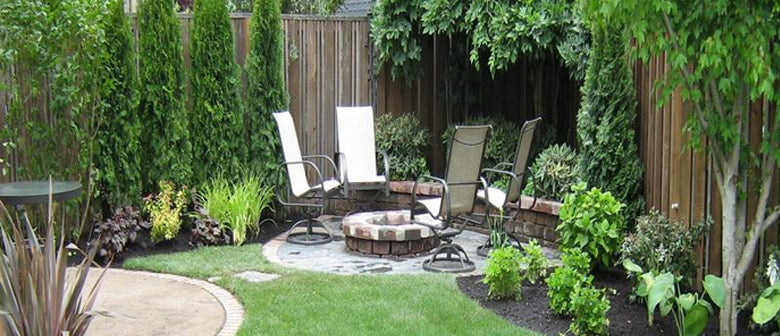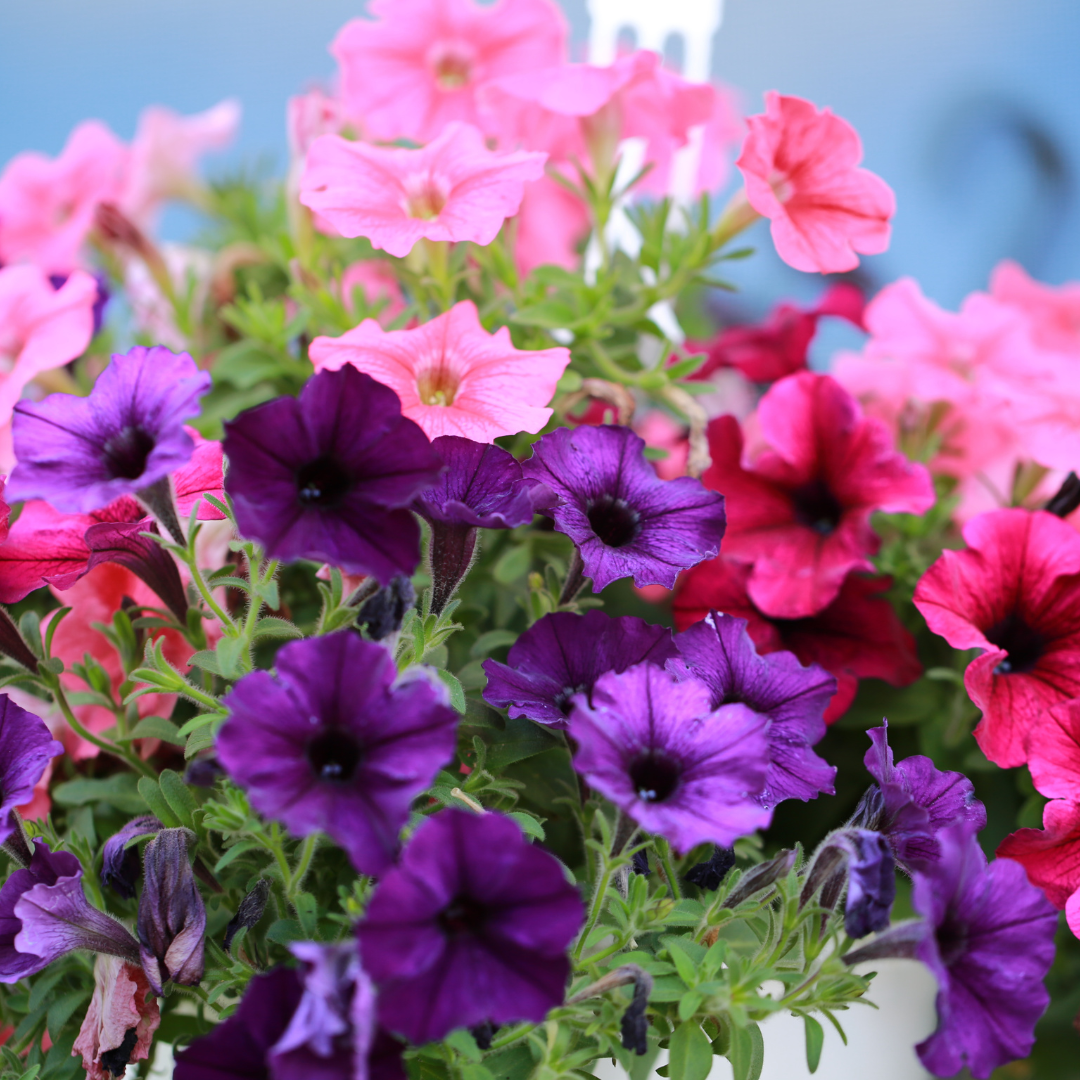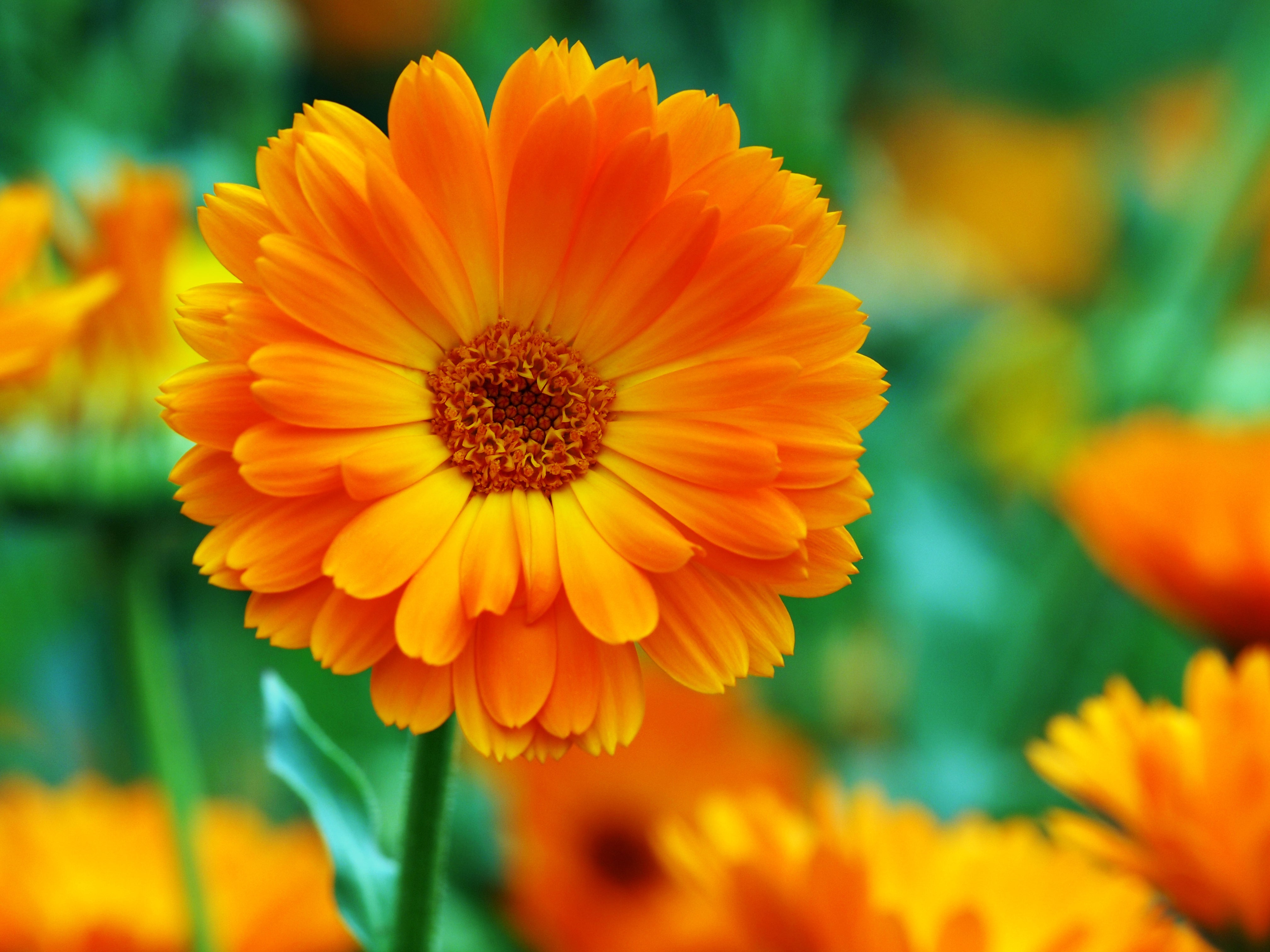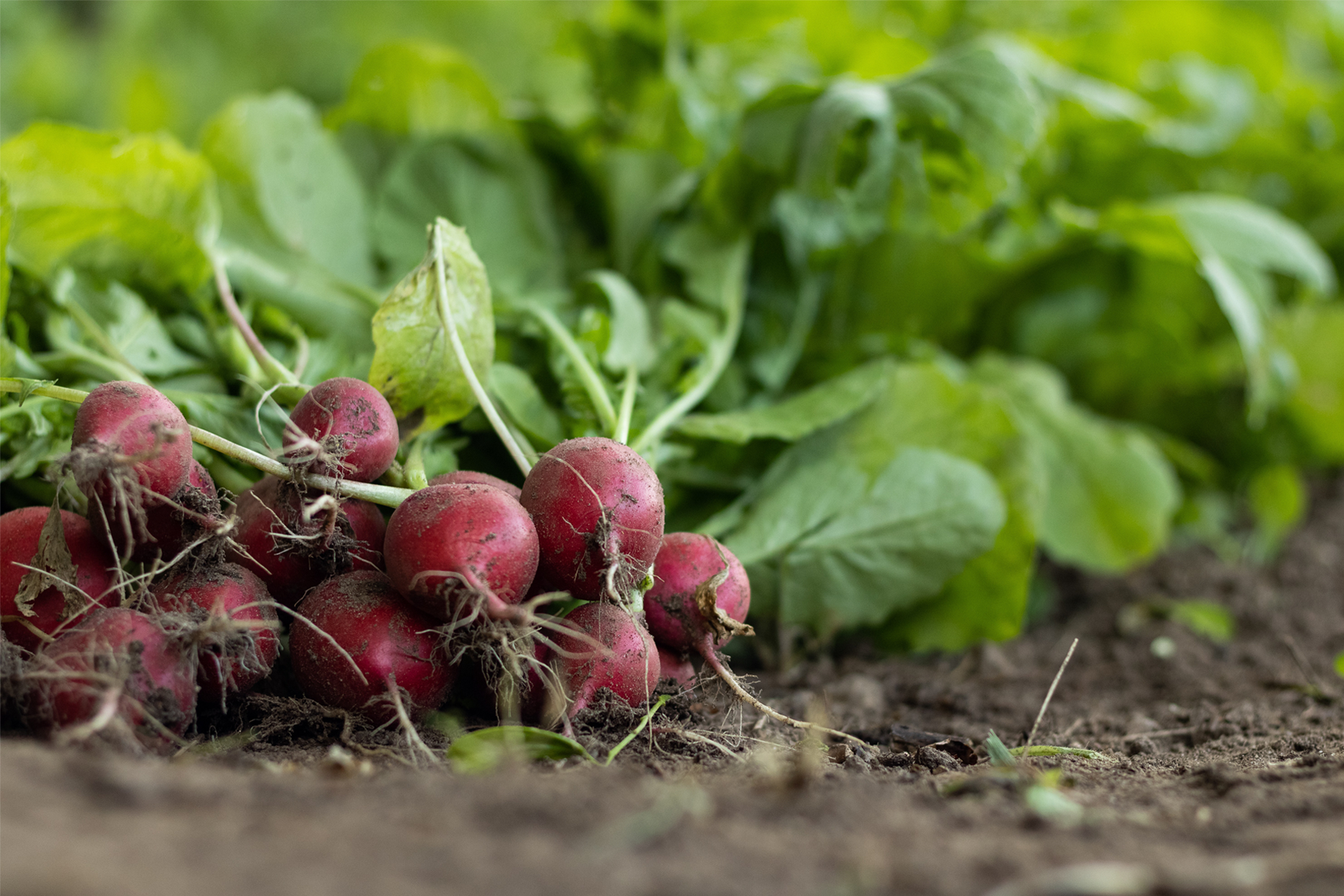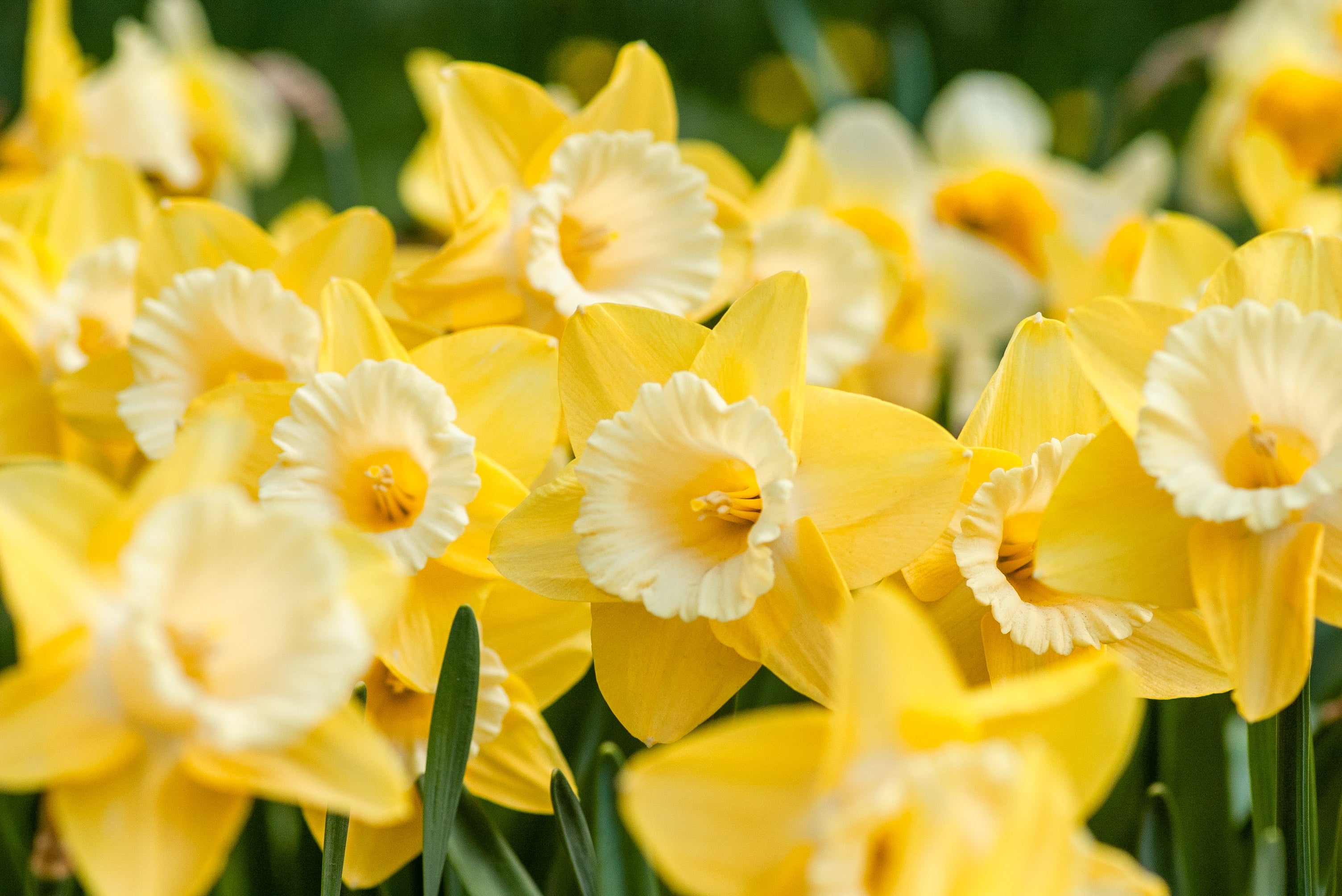The urban garden is a stylish courtyard garden. It provides a private tranquil haven for entertaining or to escape the stresses of modern day life. Contemporary architecture and urban living have changed the way we live. Now apartments and town houses are a popular choice – a courtyard garden or patio area replaces the traditional quarter acre section. Courtyards can be quite small areas, but there are things that can be done to create the illusion of space.
Keep it simple
Consider the style of furniture, the number of chairs and shape of the table to best fit the space, without making it look cluttered and hectic. Carry a theme right through – crushed shell, bright colours, dramatic sculptural plants and modern garden art fits in with a trendy café table and chair setting.Create space
Walls can be claustrophobic. While they create shelter and privacy, they highlight the fact that a space is small. Try to use similar materials to build walls as used on the rest of the house. Trellis, wooden slats and small openings in walls help create space. Mirrors hung on walls add another dimension to the garden. Garden art creates depth and adds interest. Espaliered fruit trees, camellias, olives and climbers will help to soften a bare wall. If the area is small, use cool and restful blues, greys and greens. Zany hot colours in tones of orange, reds and yellows will dominate the space so choose colours carefully.Just add water
Water is a vital ingredient. A water feature adds interest, creates a feeling of peace and tranquility and in summer has a cooling effect. There is a preconceived idea that water features are difficult to install, but this is not necessarily true. There are many simple kitset water features available. All they require is to be plugged in. A water feature does not need to be big, but the sound of trickling water needs to be heard.Less is best
Whatever style of courtyard or patio you choose, make sure it suits the architecture of the house and your lifestyle. Small details can make a big difference – create a secret garden, with hidden treasures of garden art, fragrant plants and trickling water.The right plants
Select plants that look good year round. Keep the varieties of plants used to a minimum and repeat them throughout the garden and in containers. It is important that the plants selected suit local climatic conditions. Create a theme and follow it through. Following are some planting suggestions for different situations. Plants for the sun If the garden is north facing, it will be hot and dry. Suggested plantings for hot sunny areas – Bay Tree, Olives, Yucca, Buxus, Agaves, Conifers, Lavender, Carex, Citrus, Rosemary, Succulents, Roses, Bougainvillea, Tecomanthe, Dracaenas, Cacti. Plants for tropical effect A sheltered sunny courtyard is great for subtropical plants with different foliage form, texture and colour to create a lush effect. Suggestions for creating a tropical effect – Griselinia, Cabbage Tree, Frangipani, Puka, Hibiscus, Gardenia, Vireya Rhododendrons, Strelitzia, Bromeliads, Palms, Bougainvillea, Ficus, Bamboo, Dracaena, Grasses, Mondo Grass, Flaxes, Ferns, Canna Lily, Impatiens. Plants for shade Shady areas lend themselves to lush cool green foliage. Suggested planting for shade – Ferns, Mondo Grass, Hostas, Buxus, Camellias, Azaleas, Gardenia, Vireya Rhododendrons, Ajuga, Aucuba, Choisya, Fuchsia, Griselinia, Carex, Hydrangea, Kalmia, Pieris, Rhododendron, Daphne, Astelia, Hebes. Plants for containers Patio pots and tubs allow plants to be moved around or swapped when they are not looking their best. Planter boxes are good for small spaces and can also double as seats if a wide board is used around the top. Suggested plants for containers – Citrus, Cabbage Trees, Palms, Buxus, Yuccas, Astelia, Dracaenas, Camellias, Rhododendrons, Roses, Bamboo, Radermachera, Palms, Hibiscus, Conifers, are ideal for container growing.
This ‘How To’ Guide has been produced to provide basic information and our experienced staff are available to answer any questions that you may have. Because this guide is of a general nature, neither Palmers nor its staff are responsible for the application of the information, as the contents may need to be modified for individual projects and site applications.

